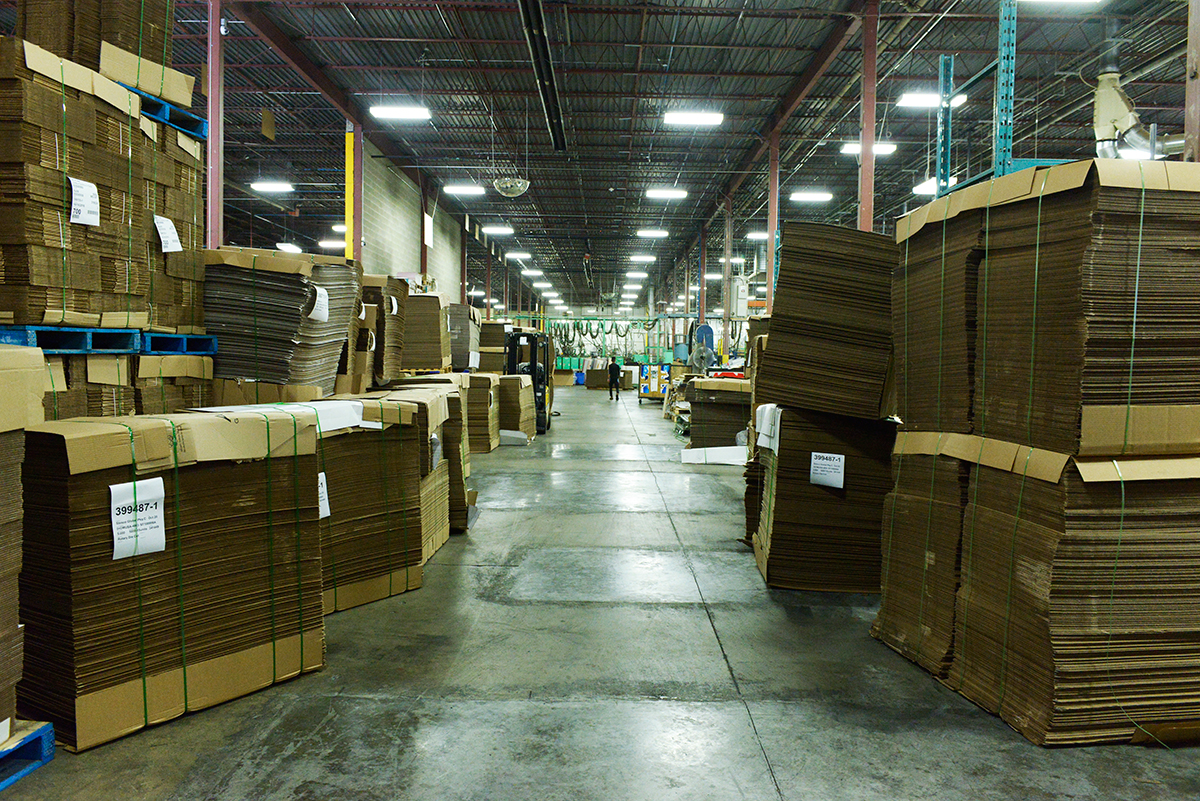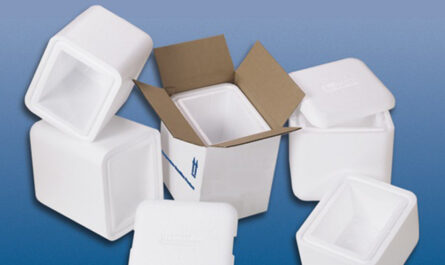Packaging plays an integral role in today’s world by protecting products, facilitating storage and transport, and providing critical product information to consumers. As environmental sustainability becomes increasingly important, packaging manufacturers are turning to more eco-friendly solutions like board packaging. This article explores the rise of sustainable board packaging and its benefits.
What is Board Packaging?
Board packaging refers to packaging made from paperboard or cardboard. Paperboard is a thick paper-based material made by providing extra strength to paper during manufacturing through a multi-stage pulping and drying process. Common paperboard materials include solid bleached sulfate (SBS), solid unbleached sulfate (SUS), recycled paperboard, kraft paperboard, and virgin fiber paperboard.
Board packaging comes in various forms like folding cartons, set-up boxes, trays, wraps, or liner boards. These offer advantages like strength, printability, recyclability, and cost-effectiveness which have established them as popular packaging options for food, drink, cosmetics, pharmaceutical, and various industrial products.
Environmental Benefits of Board Packaging
One key driver for the rising prominence of board packaging is its inherent sustainability. Being plant-based, paperboard is a renewable resource which requires fewer non-renewable material inputs compared to plastics. Besides, paperboard breaks down quickly and re-enters the biodegradability cycle after use.
Board packaging also has superior recyclability. According to Europen, the paper and board packaging recycling rate in Europe reached 72.5% in 2019. Recycling conserves virgin fiber usage, reduces landfill waste, and lowers carbon emissions involved in production of new packaging materials. Recycled paperboard specifically relies completely on post-consumer fibers, thereby creating a circular economy.
Another key environmental benefit is reduced carbon footprint. Life cycle analyses have revealed board packaging generates 35-85% lower greenhouse gas emissions than plastic packaging alternatives of similar applications. Its manufacturing involves fewer energy-intensive processes compared to plastics and metals. Transport-related emissions are also lower for board due to its lighter weight.
Rise of Innovative Eco-Friendly Board Solutions
To further increase sustainability quotient, packaging manufacturers are developing innovative board solutions like plastic-coated paperboards, bio-based paperboards, and compostable paper-based packaging:
– Plastic-coated paperboards act as moisture and grease barriers while still being fully recyclable. They provide performance matching plastic packaging at reduced environmental costs.
– Bio-based paperboards incorporate a certain percentage of bio-based content from renewable feedstocks like agricultural residues instead of virgin wood fibers. They have a lower fossil carbon footprint.
– Compostable paper-based packaging made from renewable feedstocks or agricultural by-products enables end-of-life composting after use. This diverts waste from landfills.
These innovative solutions expand the functionality of board packaging to new applications while advancing sustainability. Companies are also optimizing board grammages and designing packaging efficiently to minimize material usage without compromising on protection.
Brands Switching to Sustainable Board Options
As consumer demand for sustainable options grows, major brands across industries have been switching from plastic and other less eco-friendly materials to board packaging.
– In the food sector, Danone removed plastic from its Evian water bottles replaced it with board packaging. Nestle is piloting paper bottles for water in some countries.
– Cosmetic giants like L’Oreal, Garnier, and Nivea have launched sustainability initiatives focusing on transitioning to paper and board packaging.
– Supply chain giants like Amazon, Walmart, Target and Unilever implemented post-consumer recycled content requirements for manufacturers and prioritized paper and board packaging in their portfolio.
– Electronics major Apple uses board packaging for shipping iPhones, iPads and other products to stores worldwide.
This widespread brand adoption confirms that board packaging delivers on sustainability as well as product protection needs in the evolving retail landscape. It will see further growth in the coming years.
Board Packaging: The Road Ahead
With a compelling value proposition of renewability, recyclability and lower carbon footprint compared to plastic and other alternatives, Board Packaging is positioned strongly for future growth. Key predictions and expectations include:
– Ongoing packaging innovation will expand board’s applications beyond traditional segments to new areas like luxury goods, medical devices and electronics.
– Recycled and bio-based content percentages in board packaging will rise through brand commitments and government mandates.
– Compostable and biodegradable paper-based packaging will gain more prominence for foodservice applications to curb single-use waste.
– Packaging optimization through lightweighting, design modifications and improved fiber yields will drive down material usage without compromising performance.
*Note:
1. Source: Coherent Market Insights, Public sources, Desk research
2. We have leveraged AI tools to mine information and compile it




